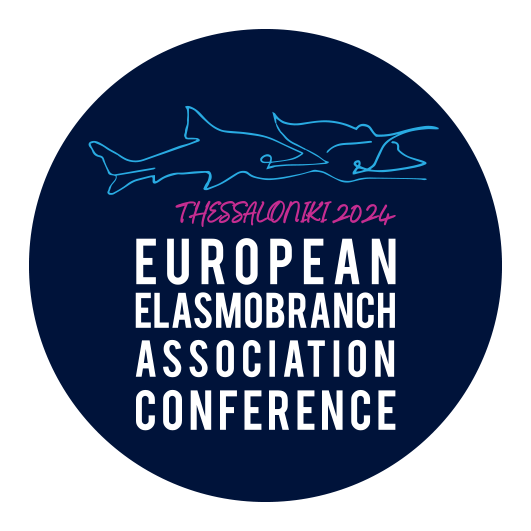Posidonia meadows are the most iconic and one of the most productive marine habitats of the overfished and degraded Mediterranean basin. The Eastern Ionian Sea presents a narrow continental shelf with steep reliefs that largely account for deep and oligotrophic coastal water masses, while large river outflows are relatively limited and locally restricted in this marine area, which is therefore generally characterised by exceptional water transparency. This allows the meadows of the Ionian Sea to reach deeper, while in general, their shoot density is higher than elsewhere in Greece. According to Natura 2000, after the North Aegean Sea, the Eastern Ionian Sea is the area with the most extended meadows (903 km2), however, in several areas the habitat is still poorly documented, especially inside the Natura 2000 sites and especially inside the Natura 2000 sites.
At the same time, the Eastern Ionian Sea is characterised by high touristic pressure, particularly concerning boat tourism, being among the most popular locations in the Mediterranean for sailing. The vast number of boats has a dramatic impact on the meadows while a variety of other anthropogenic activities leave their mark on their distribution and health, including fish farming, illegal fishing, poor sewage treatment, and mining.
In the context of this project, iSea aimed to improve the data availability and quality for the distribution of Posidonia meadows in the Ionian islands and prioritise areas that require immediate intervention to enhance the conservation of Posidonia oceanica. In particular, the following actions were completed:
Key results


Future steps
This preliminary work gave us the opportunity to identify the pressures to the Posidonia meadows in the Ionian Sea and the knowledge gaps regarding the cartography, pressures and monitoring. To ensure the protection of P. oceanica meadows in the Ionian Sea, three priority actions have been identified.



Do you own a boat/ are involved in the boat rental business in either of these two locations? You can contribute to this study and help conserve this important habitat by anonymously sharing your vessel tracking information with us. The data will be used to improve our understanding on the use of the bays and recommend improved management measures for both areas.
Please show your interest in participating by completing this form:
Collaborators:


Funders:



